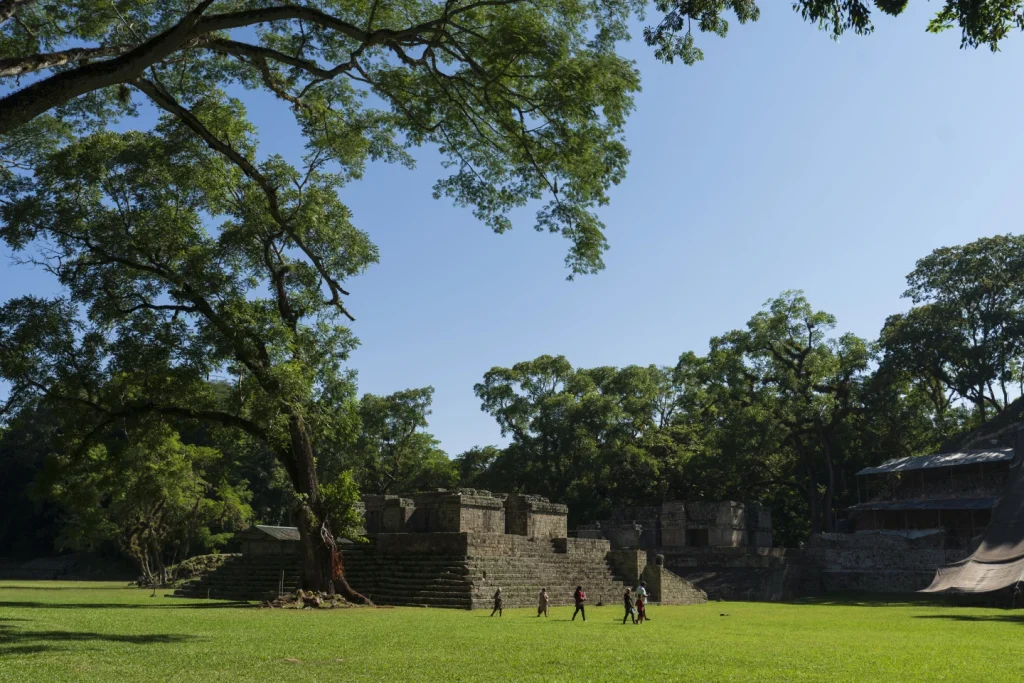In the ever-evolving pursuit of progress and innovation, there exists a growing inclination to seek inspiration from the distant annals of history.
Architects, engineers, and visionaries alike are turning their gaze towards the ancient civilizations that have left an indelible mark on the world.
These remarkable builders, scattered across the globe, erected awe-inspiring structures that continue to stand tall even after the passage of millennia.
From the ingenious Roman engineers who skillfully crafted robust and enduring sea barriers using thick concrete, to the masterful Maya masons who meticulously sculpted exquisite plaster sculptures as offerings to their deities, to the resourceful Chinese builders who erected formidable walls to repel invading forces, the legacy of these ancient architects is a testament to their remarkable ingenuity and foresight.
Yet, in stark contrast, numerous contemporary constructions find themselves teetering on the precipice of obsolescence.
The very concrete that forms the foundation of our modern world has a distressingly limited lifespan, typically ranging from a mere 50 to 100 years.
In recent years, there has been a noticeable increase in the number of scientists dedicating their efforts to the study of materials from ancient times.
This intriguing field involves a wide range of methods, such as chipping off fragments from ancient buildings, meticulously examining historical texts, and even attempting to recreate ancient recipes.
The primary objective of these scientists is to unravel the secrets behind the remarkable durability of these materials throughout the passage of millennia.
By delving into the past and closely examining the remnants of ancient civilizations, researchers hope to gain valuable insights into the techniques and materials used in the construction of these structures.
In doing so, they aim to not only shed light on the engineering prowess of our ancestors but also to uncover innovative solutions that could potentially be applied in modern-day construction.
The significance of this research is not limited to the realm of historical curiosity; it has the potential to revolutionize the field of materials science, offering practical applications for the development of more durable and sustainable materials in the future.
The process of reverse engineering has yielded a surprising array of ingredients that were incorporated into the construction of old buildings.
These materials include tree bark, volcanic ash, rice, beer, and even urine. The inclusion of these unexpected additives has been found to impart remarkable properties to the structures, such as the ability to strengthen over time and repair cracks as they appear.
The discovery of these features holds significant implications for the present day, as our modern concrete, while capable of supporting enormous skyscrapers and heavy infrastructure, cannot match the durability of these ancient materials.
Furthermore, as concerns surrounding climate change continue to mount, there is a growing demand for more sustainable construction practices.
A recent report from the United Nations estimates that the built environment is responsible for over a third of global CO2 emissions, with cement production alone accounting for more than 7% of these emissions.
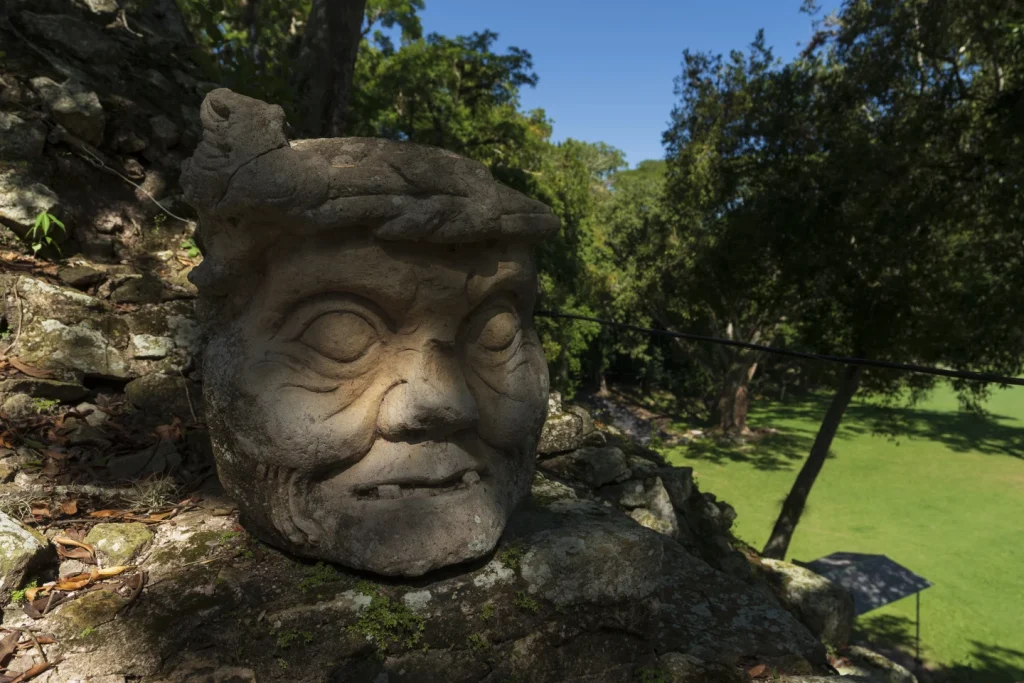
Is ancient Roman concrete better than today’s?
The influence of the Romans on contemporary research cannot be overstated. From approximately 200 BCE, the architects of the Roman Empire were constructing awe-inspiring concrete structures that have withstood the ravages of time.
The Pantheon, with its majestic dome, and the resilient aqueducts that continue to transport water to this day are testament to the durability of Roman concrete.
Remarkably, even in coastal areas where the relentless assault of seawater has eroded countless structures, Roman concrete remains largely unchanged since it was originally poured over two millennia ago.
This fact, as highlighted by John Oleson, an esteemed archaeologist at the University of Victoria in Canada, demonstrates the remarkable longevity of this ancient building material.
In contrast to the Roman approach, modern concrete typically utilizes Portland cement as its foundation. This cement is derived from a meticulously controlled process involving the heating of limestone and clay to extreme temperatures, followed by the grinding of the resulting substances into a fine powder.
When mixed with water, this powdered cement forms a chemically reactive paste, which serves as the binding agent for the various aggregates incorporated into the concrete mass.
These aggregates, such as rock and gravel, are added to provide structural strength and stability, ultimately resulting in the formation of the solid concrete structure.
The enduring legacy of Roman concrete has captivated the imaginations of contemporary researchers, who seek to unravel the secrets of its exceptional durability.
By studying the composition and construction techniques employed by the Romans, scientists hope to unlock the key to developing even more resilient and sustainable building materials for the future.
The remarkable consistency of ancient Roman concrete, which has defied the passage of time and the relentless forces of nature, serves as a testament to the ingenuity and engineering prowess of this ancient civilization.
As we continue to draw inspiration from the Romans, we are reminded of the remarkable achievements that can be accomplished through the marriage of scientific knowledge, artistic vision, and architectural innovation.
In contrast to previous assumptions, a recent analysis of concrete samples obtained from Privernum, an ancient city located outside of Rome, has revealed a fascinating discovery regarding the material’s remarkable “self-healing” properties.
The scientists involved in the study have determined that when cracks form in the concrete, water has the ability to permeate its structure.
This infusion of water then activates the residual lime pockets within the concrete, initiating new chemical reactions that effectively fill in the damaged areas.
However, Marie Jackson, a geologist from the University of Utah, offers an alternative perspective. Her research suggests that the secret lies in the specific volcanic materials utilized by the Romans in their concrete production.
These builders would gather volcanic rocks left behind after eruptions and incorporate them into their concrete mixture.
Over time, this naturally reactive material would undergo changes as it interacted with the elements, thus enabling it to seal any cracks that may develop.
According to Jackson, the true genius of this material lies in its ability to continuously adapt and sustain itself over time.
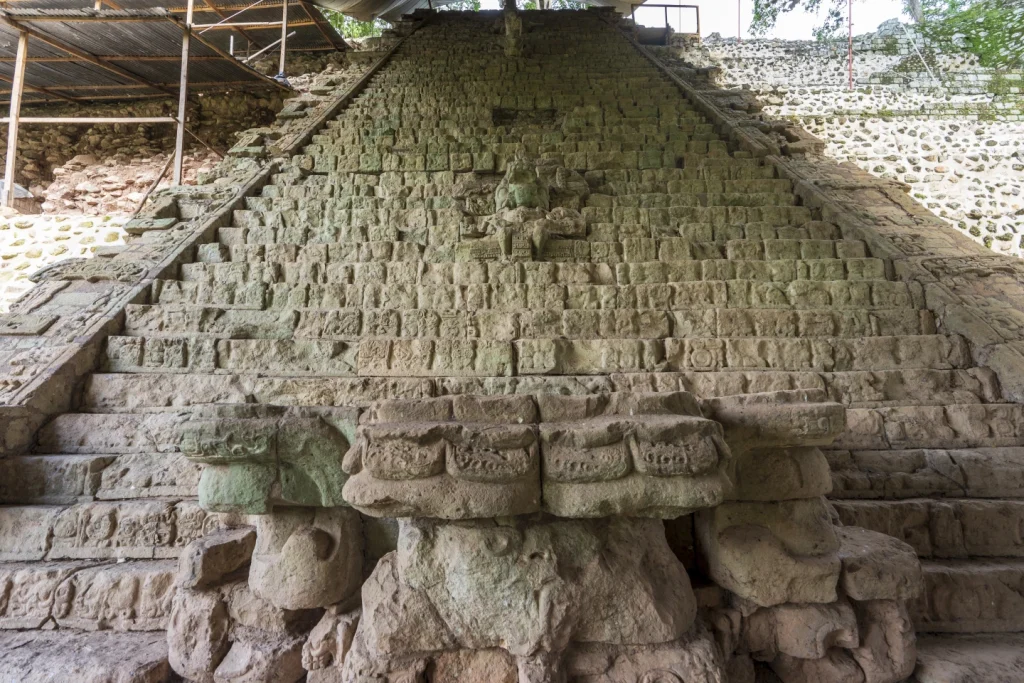
Using tree juice to make sculptures as strong as seashells
Located in Honduras, the ancient Maya site of Copan boasts an impressive array of lime sculptures and temples that have remarkably withstood the test of time, enduring for over 1,000 years despite being continuously exposed to the harsh elements of a hot and humid environment.
A recent study, published earlier this year, has shed light on the secret behind the longevity of these intricate structures, suggesting that the answer lies in the presence of trees that have taken root and flourished amidst the ancient ruins.
This fascinating discovery has sparked a renewed interest in understanding the intricate relationship between the flora and fauna of the region and the preservation of these remarkable architectural marvels.
The researchers at this institution were fortunate to have a direct connection to the creators of the ancient structures they were studying.
They had the opportunity to meet with local masons in Honduras who could trace their lineage all the way back to the Mayan builders.
This provided valuable insights and knowledge about the construction techniques and materials used by the Mayans.
One of the suggestions made by these masons was to incorporate extracts from local chukum and jiote trees into the lime mix used for plaster.
Intrigued by this idea, the researchers decided to test it out. They collected bark from these trees, soaked it in water, and added the resulting tree “juice” to the plaster material.
To their surprise, they discovered that this new recipe resulted in an exceptionally durable plaster that could withstand both physical and chemical damage.
Upon closer examination, the scientists observed that organic material from the tree juice had become incorporated into the molecular structure of the plaster.
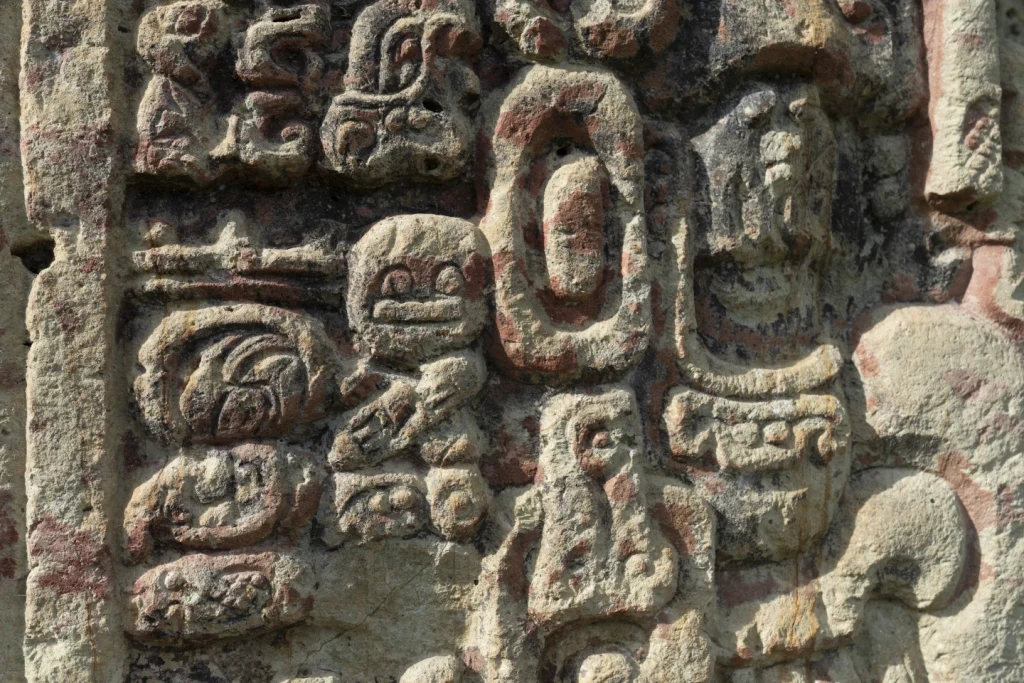
This fascinating discovery revealed that the Mayan plaster was able to imitate the strength and resilience of natural structures such as seashells and sea urchin spines.
By borrowing some of their toughness, the Mayans were able to create long-lasting and sturdy buildings. It is worth noting that various studies have found evidence of natural materials being mixed into ancient structures.
From fruit extracts and milk to cheese curd, beer, and even dung and urine, these unconventional ingredients have been utilized by ancient civilizations to enhance the durability and longevity of their constructions.
For instance, the mortar used in some of China’s most renowned structures, including the Great Wall and the Forbidden City, contains traces of starch derived from sticky rice.
These findings highlight the ingenuity and resourcefulness of our ancestors in utilizing locally available materials to create enduring architectural marvels.
Luck or skill?
According to Cecilia Pesce, a materials scientist at the University of Sheffield in England, it is possible that some of the ancient builders were merely fortunate in their endeavors.
These builders would incorporate any materials that were inexpensive and easily accessible into their construction projects, and those structures that were not successful have likely deteriorated over time. The surviving buildings, therefore, represent a form of natural selection in the architectural world.
Pesce suggests that the ancient builders were not particularly discerning in their choice of materials, as they would incorporate a wide variety of substances into their mixes.
The fact that these structures have endured throughout the centuries is a testament to the effectiveness of this natural selection process.
In India, the craftsmanship of builders is exemplified by their meticulous selection and combination of local materials to create structures with specific properties.
Thirumalini Selvaraj, a civil engineer and professor at India’s esteemed Vellore Institute of Technology, has conducted extensive research in this area.
Selvaraj’s findings reveal that in regions characterized by high humidity, builders ingeniously incorporated local herbs into their construction materials to effectively combat moisture-related issues.
Similarly, along the coastal areas, they skillfully integrated jaggery, an unrefined sugar, into the mix to provide protection against salt damage.
Furthermore, in areas prone to earthquakes, builders ingeniously created “floating bricks” using rice husks, which possess remarkable lightweight properties.
This level of craftsmanship is a testament to the builders’ profound understanding of the region’s unique characteristics, including soil conditions and climate.
By engineering materials tailored to these factors, Indian builders demonstrate their expertise and commitment to constructing resilient and durable structures.
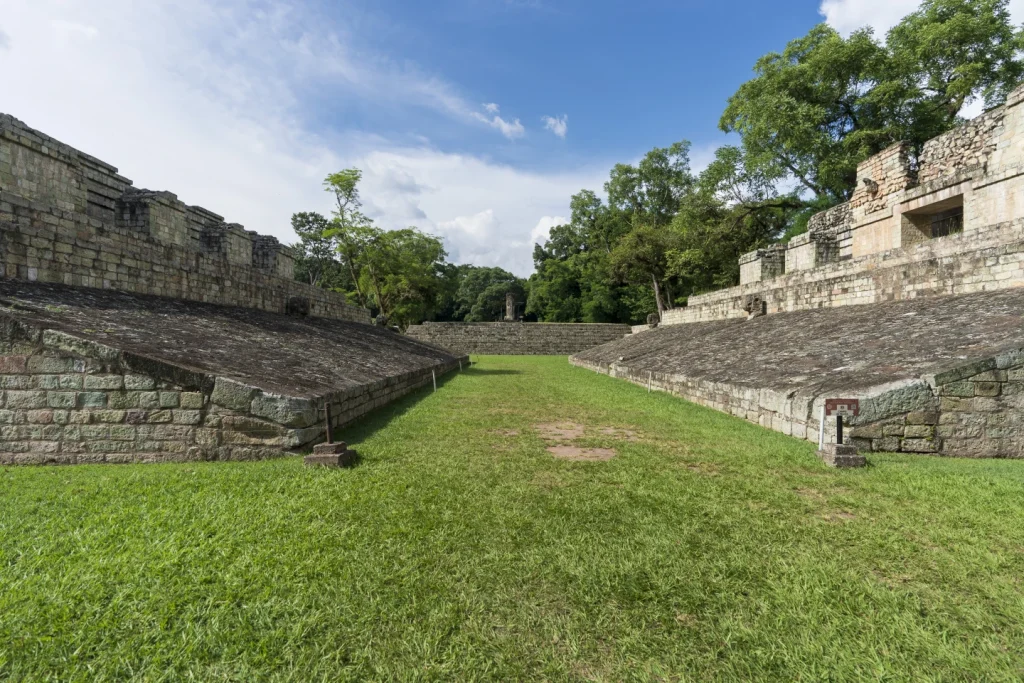
Ancient Roman … skyscrapers?
In the realm of construction, the challenges faced by builders today are vastly different from those encountered by their ancient counterparts.
While the durability of Roman concrete has been widely acknowledged, it is crucial to recognize that its composition and properties were not designed to withstand the immense loads imposed by modern structures.
As Professor Oleson aptly points out, attempting to construct a towering skyscraper using Roman concrete would be an exercise in futility, as its structural integrity would be compromised even before reaching the modest height of the third story.
Consequently, contemporary builders find themselves compelled to explore innovative materials and techniques that align with the demands of our ever-evolving architectural landscape.
In the realm of construction materials, researchers have shifted their focus from solely replicating ancient substances to incorporating their unique properties into modern compositions.
One such endeavor is being pursued by Masic, who is part of a startup aiming to develop novel projects using Roman-inspired, “self-healing” concrete.
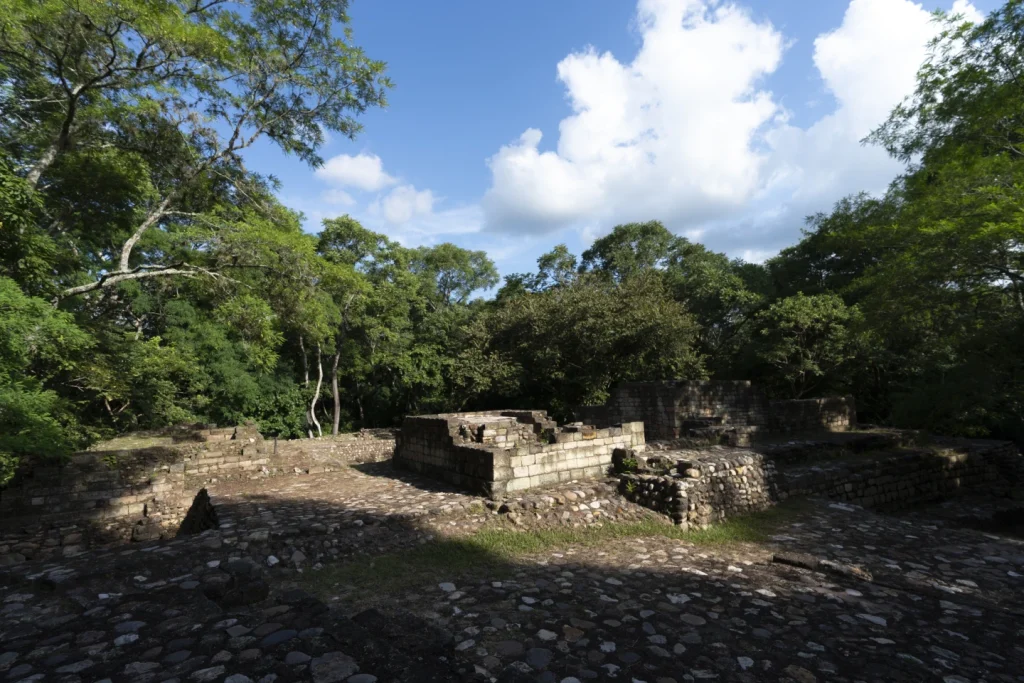
Additionally, Jackson is collaborating with the Army Corps of Engineers to design concrete structures that can withstand the corrosive effects of seawater, much like the ones found in Roman ports.
This initiative seeks to safeguard coastlines from the impending threat of rising sea levels. Masic astutely points out that our objective need not be replicating the Romans’ incredible longevity in construction, but rather extending the lifespan of concrete by 50 or 100 years.
By doing so, we can significantly reduce the need for demolition, maintenance, and material consumption in the long run.
